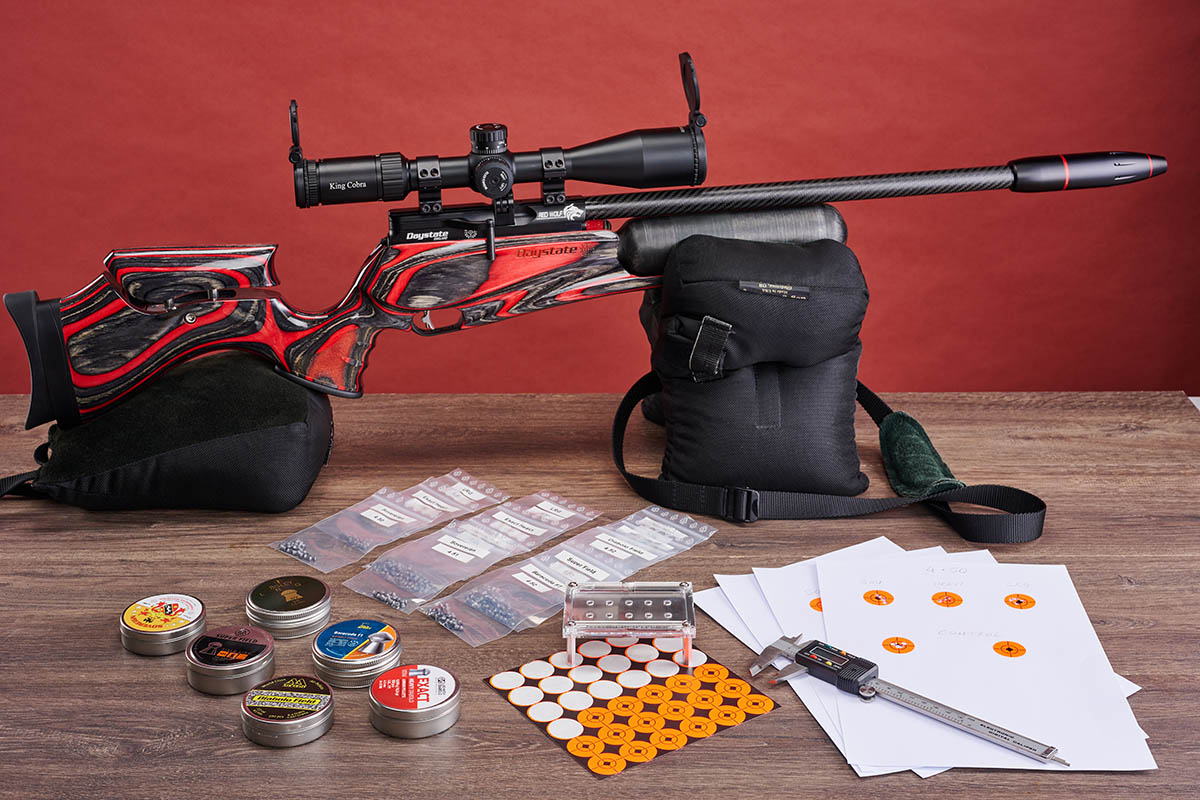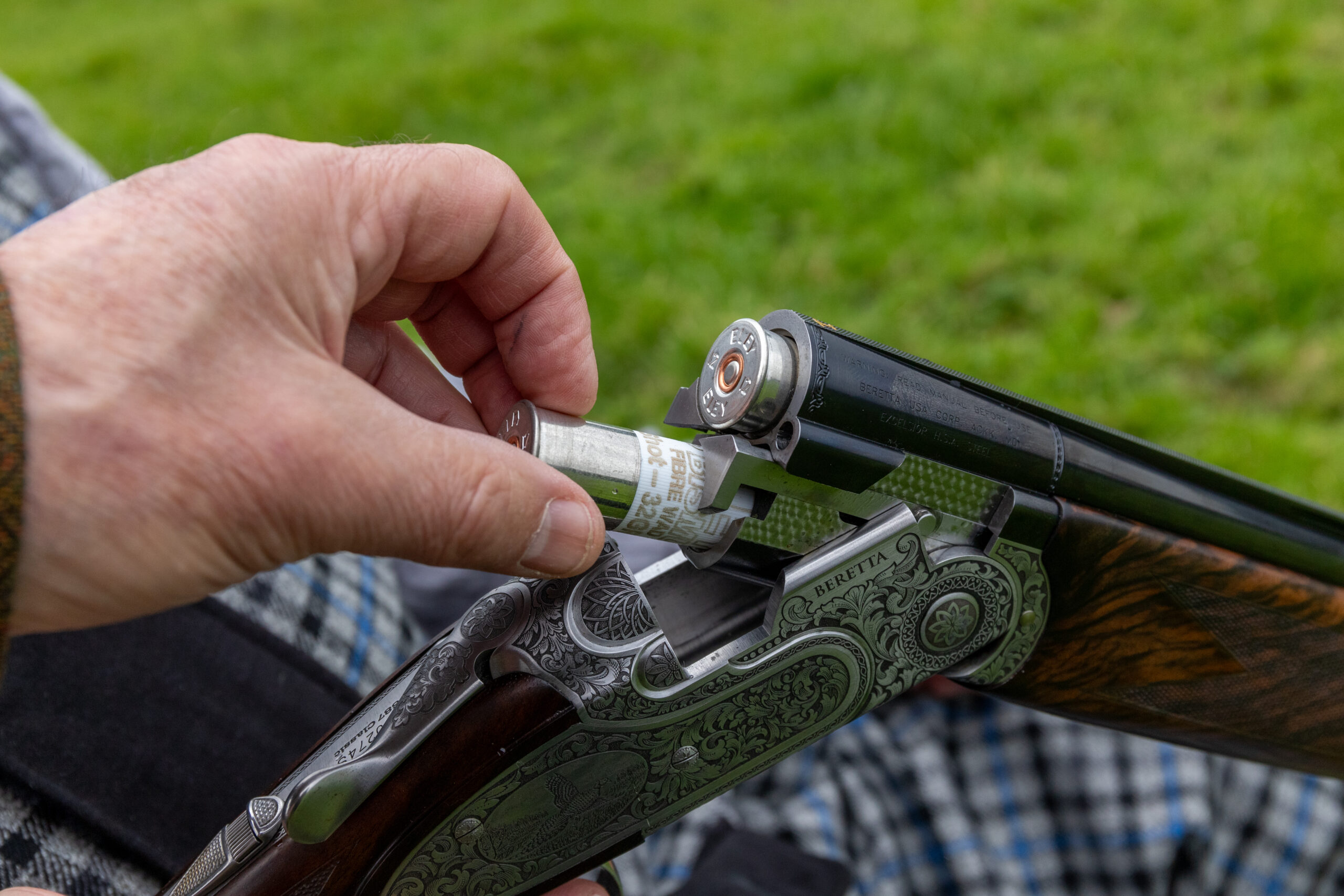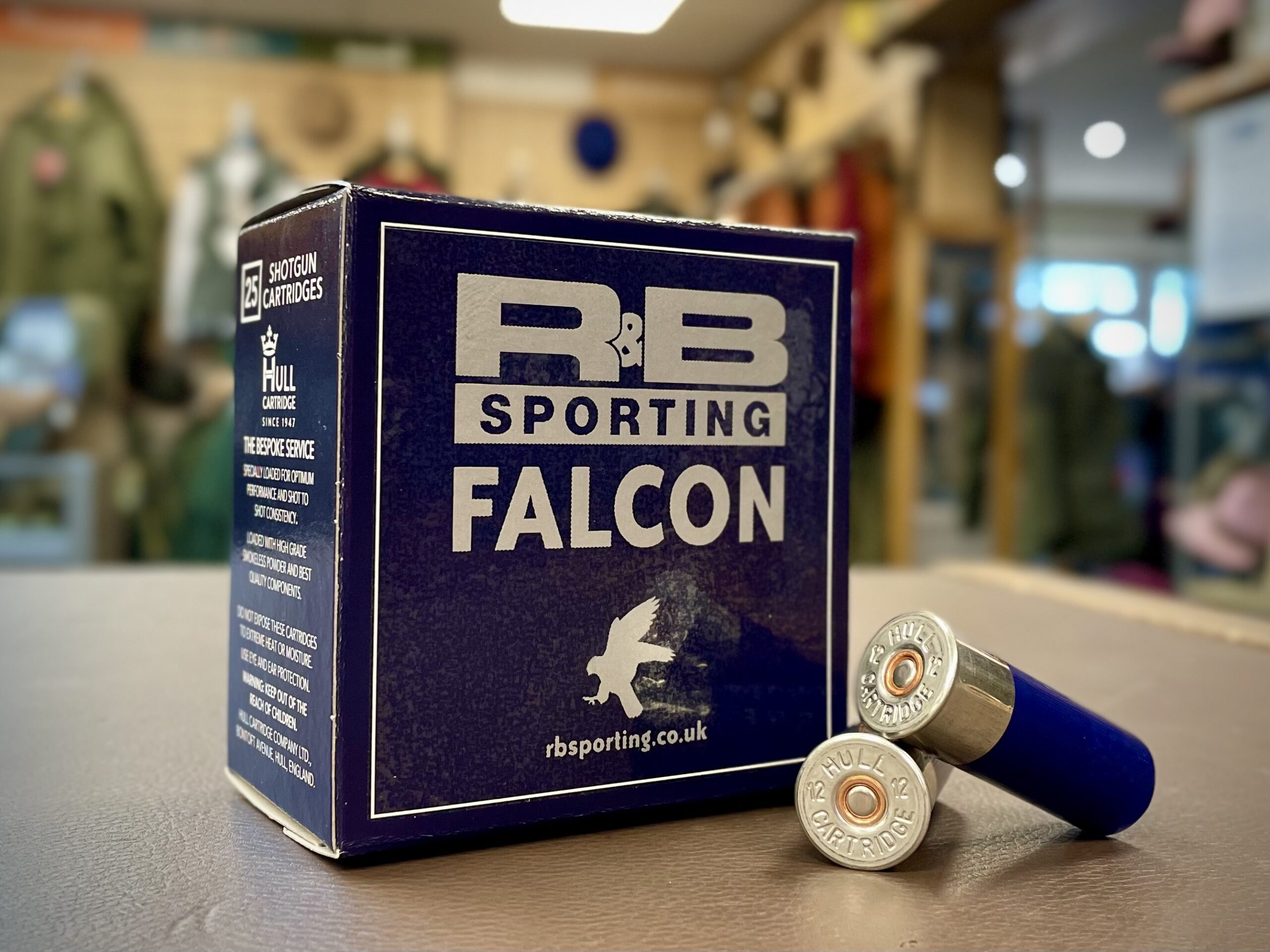Does a pellet’s head size matter when airgun shooting? Mike Morton finds out
Does a pellet’s head size make it more or less accurate in any given rifle? Mike Morton attempts to find out whether size really does matter

What makes the perfect pellet? If you buy a tin of high quality pellets these days, you’ll almost certainly find them to be extremely well made, with little to no lead swarf or detritus, and hardly ever any flaws or other defects. Put them on a set of scales and you’ll find their weight to be almost identical, and shoot them over a chronograph and, provided you’re using an air rifle of equally high quality, you’ll find a minimal variation in muzzle velocity. And yet they might not be accurate. At least not in that particular gun.
But if these pellets are so well made, then why can’t accuracy be guaranteed with each and every tin of pellets? Numerous factors come into play, such as the shape of the pellet and its ballistic coefficient, but one important variable is head size.
While .177 pellets are nominally 4.5mm and .22 pellets are 5.5mm, head size will vary in increments of just one hundredth of a millimetre. Some manufacturers even sell tins of the same pellet with a specific head size, while others will be more generic. In both cases, what you get in the tin may still vary slightly to what you’re expecting.
Washing Pellets
Modern pellets are cleaner than ever before, but in order to establish a baseline Mike decided to wash his pellets. This probably wasn’t necessary, but it did ensure the test was as fair as possible. The pellets weren’t lubed after washing, just rinsed and dried.
The plan
To try to determine whether head size is the deciding factor in an airgun’s accuracy, or indeed whether it is as important as we may think, I wanted to take one rifle, my Daystate Red Wolf in .177 calibre, and shoot a number of groups using several different types of pellet, then compare the results by head size.
If head size is so important, then surely the Red Wolf would perform better with one size rather than another? And if that was so, would it shoot different pellets of the same size with equal accuracy?
To put this to the test I had to sift through my pellet collection to select a few tins that might contain pellets of similar head size.

Mike picked a few tins of .177 pellets from his stash, the idea being to measure their head sizes and make some batches with identical head sizes
The most obvious starting point was to grab a tin of Rangemaster Sovereign, as these pellets are the Red Wolf’s staple diet. I was intrigued to find out the true head size, or sizes, of these pellets and so used my .177 Pelletgage.
This device is simple to use, but does take quite a bit of time, but after a while I had some samples of Sovereign measuring 4.50mm, 4.51mm and 4.52mm. It was now time to bring out some other tins, measure their contents to try to find some matching sizes.
Some of the pellets in my collection were either much larger or smaller than the Sovereigns, although “much” is a bit of a strong word as we are still talking tiny incremental differences of just 0.01mm.
The pellets
In the end, I managed to amass four different sizes for testing. My first sample, all measuring 4.50mm, included Rangemaster Sovereign, JSB Exact Heavy and Bisley Long Range Gold. I gathered four types of pellet for my second sample measuring 4.51mm, these being the same three types as before plus Air Arms Diabolo Field.
My third test group measured 4.52mm, being made up of Sovereigns, Diabolo Field, H&N Baracuda FT and RWS Super Field. And finally I ended up with just one sample measuring 4.53mm, these being Baracuda FT. All pellets of the same type came from the same tin, showing how you will inevitably end up with pellets of a slightly different size, even from the same die and from the same batch. But how much of a difference would that really make?
To ensure all the pellets were tested fairly, they were washed, rinsed and dried, but were not lubed. Pellet lube can certainly help some pellets in my experience, but equally I’ve found it can hinder on occasion, so I wanted to take this out of the mix.
Similarly, each pellet type was shot from a clean barrel that had been re-leaded with the same type of pellet. Airgun pellets are not all made from an identical, pure lead, and can behave differently when shot through a bore that’s been coated with a slightly different type.
Test day
I’d prepared the pellets during a spell of intensely hot weather, but that heat had brought unpredictable, blustery conditions, so I was forced to wait until my favourite type of shooting weather reapparead; overcast but completely wind-free.
I also used my garden range for this test as my club’s outdoor range is more exposed. Five-shot groups were taken from the bench at my usual 1” Birchwood Casey Target Spots at a distance of 30 yards.

Even though the Red Wolf was well supported by shooting bags at the front and rear, human error can still come into play with a test like this
4.50mm head size
I thought it would make sense to start the test by shooting a control group of the Red Wolf’s standard pellet, Rangemaster Sovereign, taken straight from the tin. This group was a pleasingly small 8.0mm.
I then shot groups with the three types of 4.50mm pellet, the Sovereigns measuring 12.2mm, the JSB Exact Heavies measuring 9.4mm and the Bisley LRGs coming in at 9.1mm, this being the best.
The fact that the Sovereign control group was tighter than the Sovereign 4.50mm group, presumably because it contained some larger pellets, led me to believe that 4.50mm, while delivering good results, might not be optimal for this particular rifle.
4.51mm head size
My gut feeling was justified on shooting the larger 4.51mm pellets, with the Sovereign group shrinking to 4.6mm and the Diabolo Field group size an even tinier 4.3mm, although that could be down to shooter error. The Heavies measured 5.8mm and the LRGs 7.7mm, all tighter than their previous groups in the 4.50mm head size.
4.52mm head size
It’s incredible what that 1/100th of a millimetre can do to accuracy. The group size of the Sovereigns and Diabolo Fields both expanded to 10.7mm and 8.6mm respectively, although the head size theory was turned on its head, so to speak, by the group from the H&N Baracuda FT, which measured just 4.4mm. RWS Super Fields also delivered a good result of 7.7mm.
4.53mm head size
My tin of Baracuda FT turned up two different head sizes, the larger being 4.53mm, so I decided to shoot these as well, even though they were the only pellets of this size from any of the above pellet types.
The group was small, measuring 7.6mm centre-to-centre.

Interpreting The Data
It was interesting to see that every single five-shot group, regardless of pellet type or head size, was smaller than the diameter of a five pence piece when shot at 30 yards.
This is testament to both the quality of the air rifle being used as well as the quality and consistency of manufacture of the various pellet types, and bodes well for the future of airgun shooting. But some groups were certainly better than others.
However, these tests did not really deliver the results I had been predicting. I had expected one particular head size to shine above all others, which it did, but only to an extent.

Air Arms Diabolo Fields with a measured head size of 4.51mm ended up with a best-of-test five-shot group size of 4.3mm, but it was an incredibly close-run thing
Sovereigns and Diabolo Fields delivered exemplary results from the 4.51mm sample, but were markedly worse from the 4.52mm selection. Baracuda FT, on the other hand, really shone at 4.52mm, with accuracy dropping off for the 4.53mm sample.
So some pellet types work extremely well in specific head sizes, at least in this particular rifle. If you are the type of person who’s willing to put the time and effort into measuring and grading your pellets by head size, I’d say this is definitely the way to go, and you should carry out the test at different distances to see how the results may vary.
For most shooters, however, perhaps the best test of all is just finding out how a particular pellet shoots in your rifle. And that means taking them at random straight from the tin.













